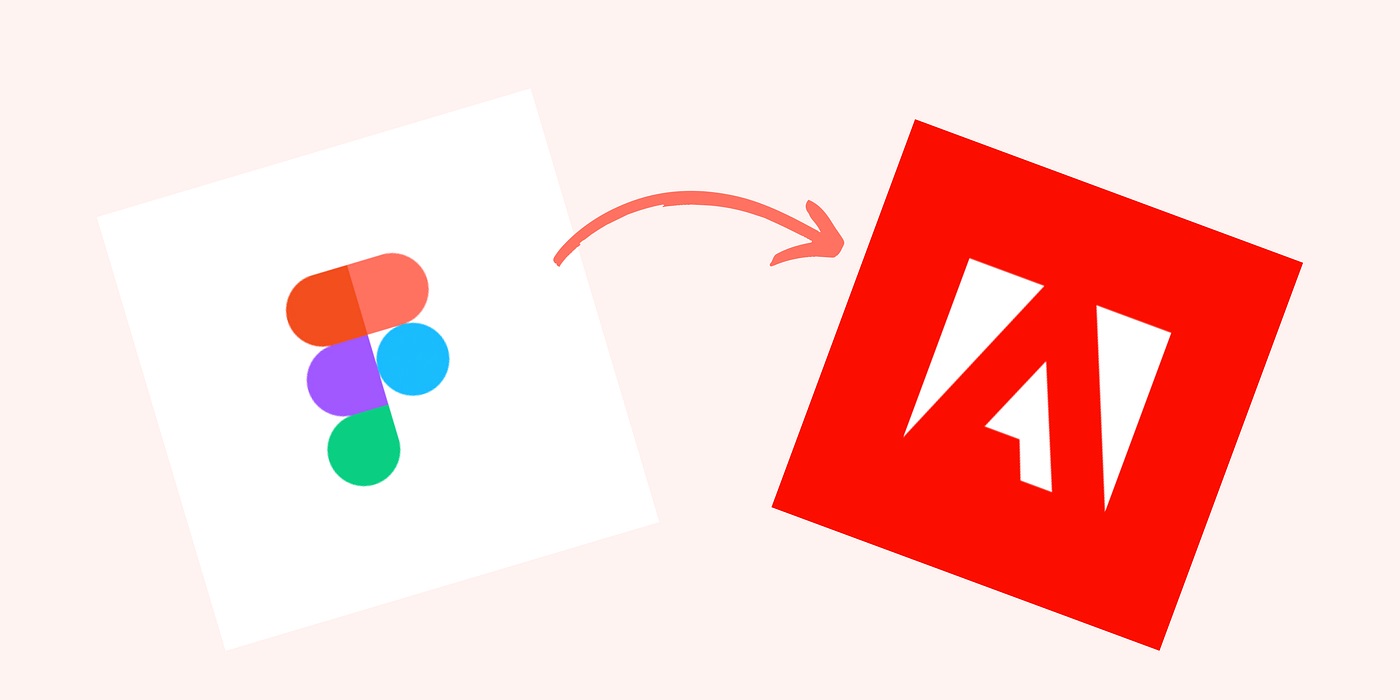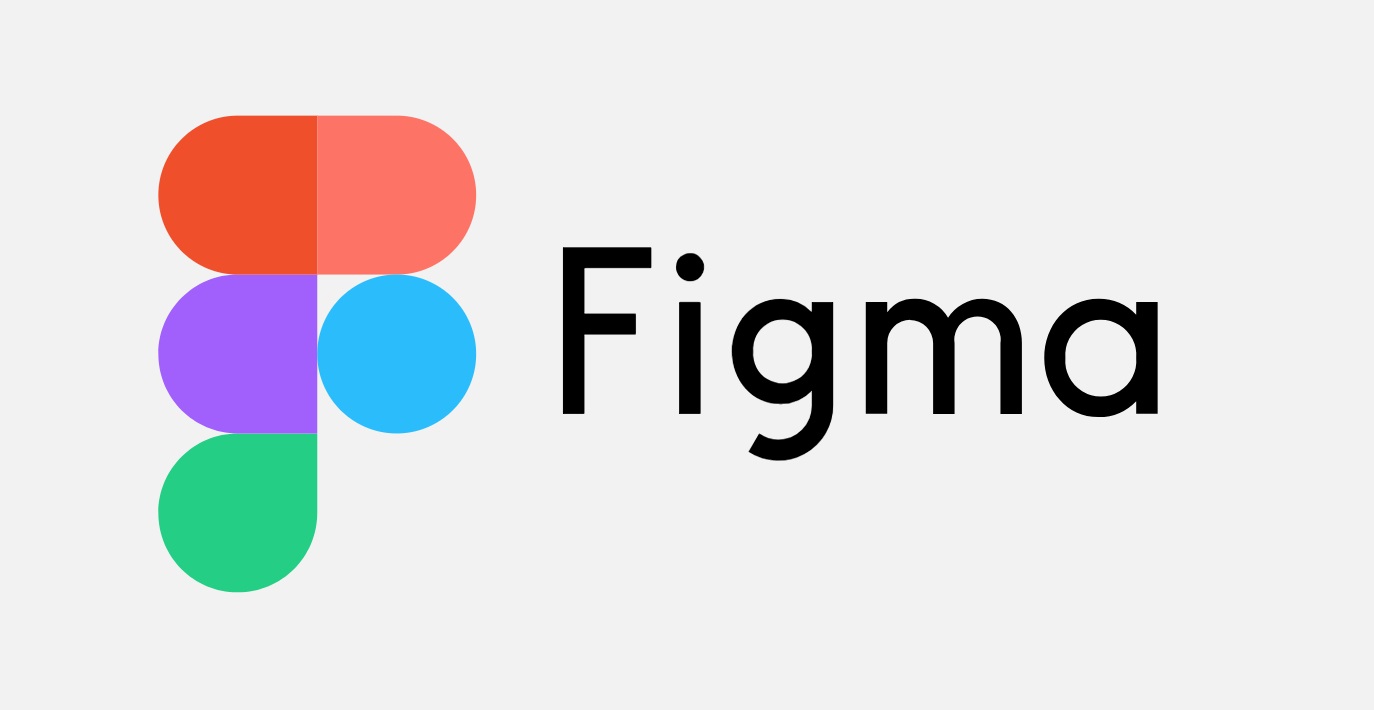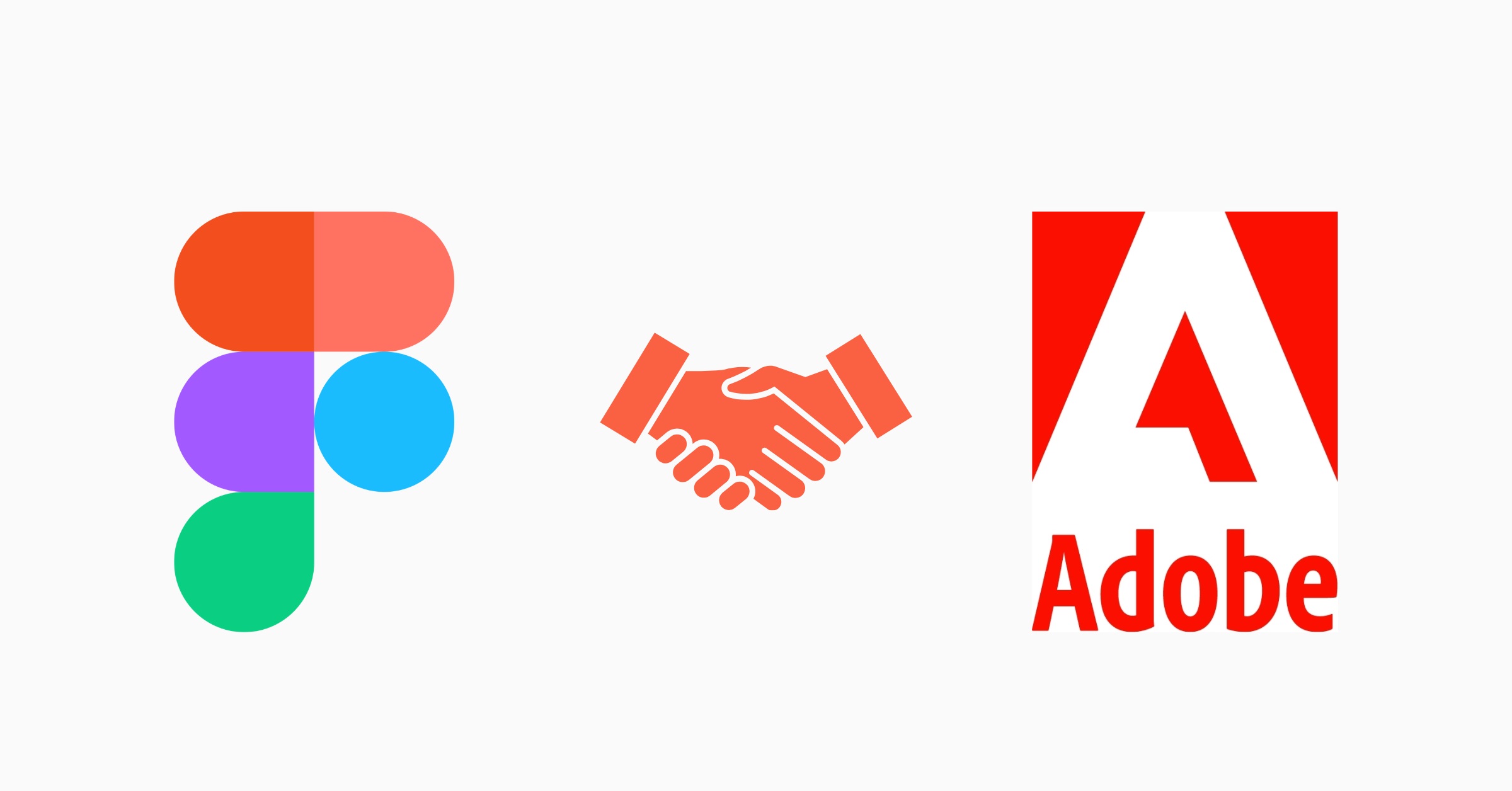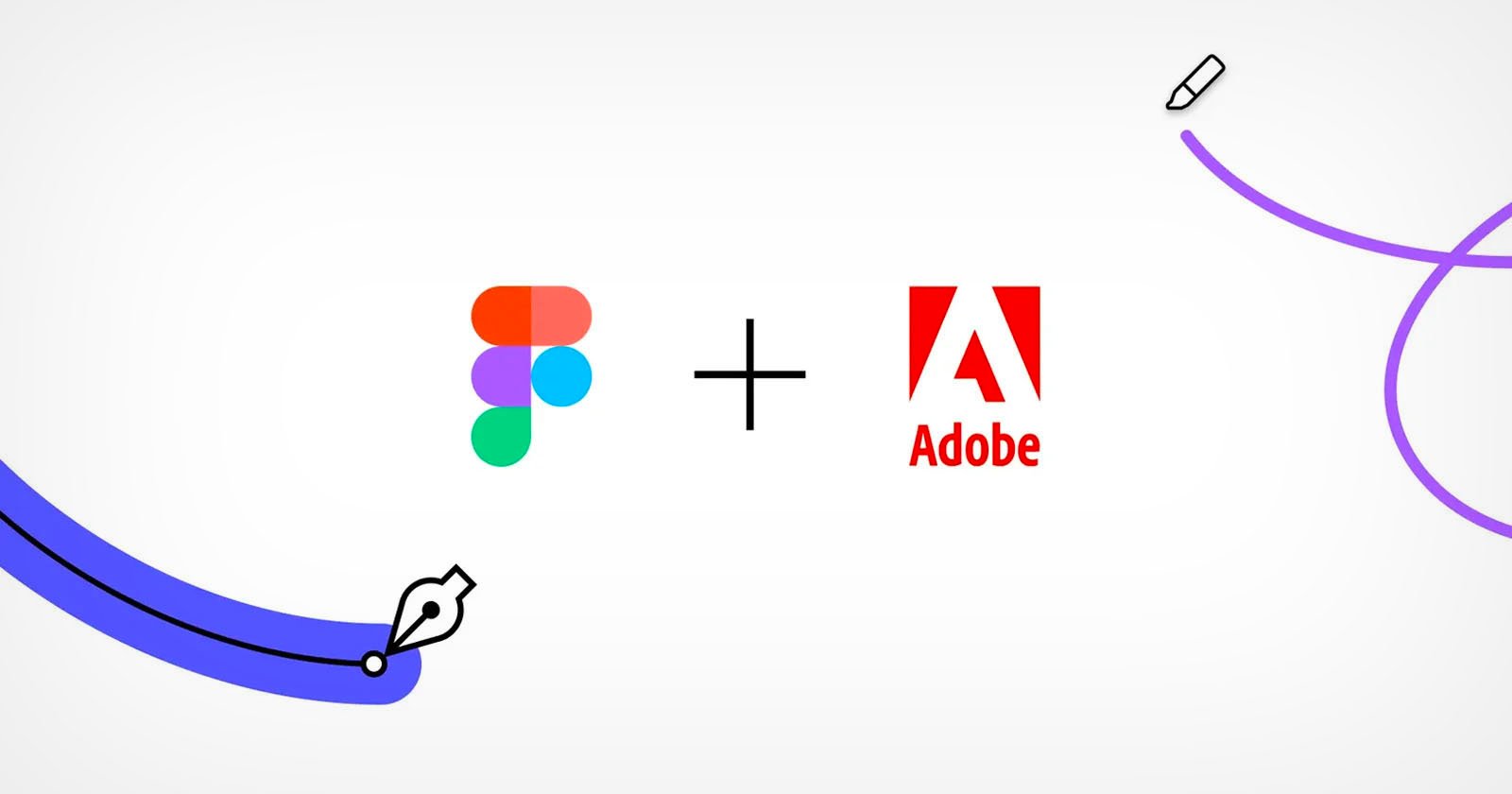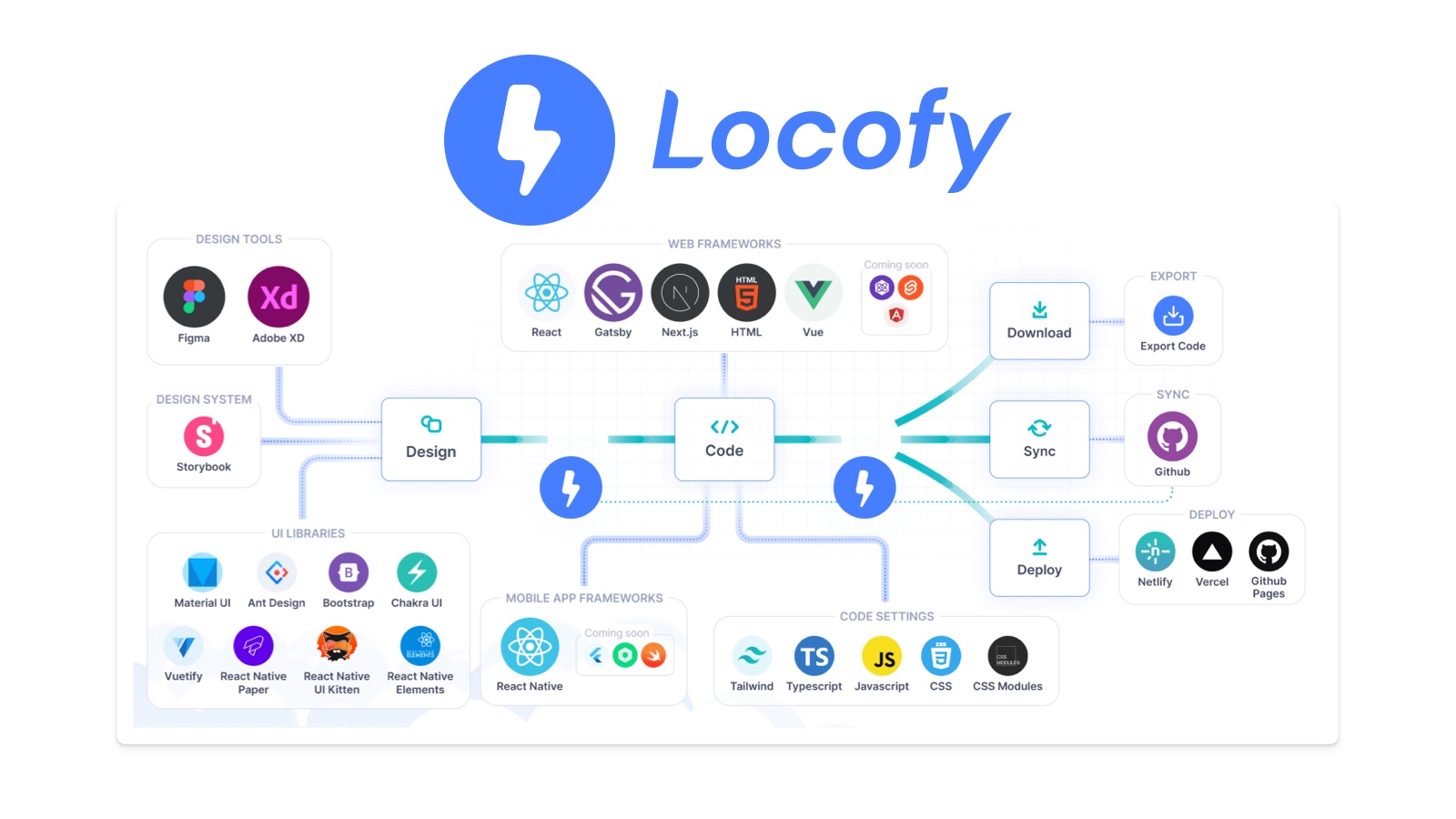Adobe and Figma have ended their $20 billion acquisition deal after facing regulatory roadblocks. Figma will receive a $1 billion consolation prize, while Adobe must now reconsider its design collaboration strategy.
Key Takeaway
Adobe’s failed acquisition of Figma due to regulatory challenges has forced the company to reconsider its design collaboration strategy, while Figma continues to thrive independently, making significant advancements in its offerings.
The Failed Acquisition
Adobe’s attempt to acquire Figma, the leader in collaborative design, has come to an abrupt end due to regulatory challenges. Despite Adobe’s recognition of Figma’s strength in the market, the regulatory authorities were not convinced that the acquisition would not lead to reduced competition and choice for customers.
Adobe’s Disappointment
Adobe expressed its disappointment with the outcome, acknowledging the shared vision to redefine the future of creativity and productivity with Figma. The company now faces the challenge of repositioning itself without Figma’s integration.
Regulatory Scrutiny
The EU’s competition head, Margrethe Vestager, emphasized that the acquisition would have eliminated competition between the two companies, leading to potential negative impacts on customers. This scrutiny ultimately led to the deal’s termination.
Impact on Adobe
The failed acquisition is a significant setback for Adobe, forcing the company to refocus on its own design collaboration tool, XD. This setback may incentivize Adobe to revamp XD to cover the crucial market previously targeted with the acquisition of Figma.
Future Strategies
With the $20 billion deal off the table, Adobe may consider alternative strategies, such as acquiring other collaboration startups like Miro, WebFlow, or InVision. These options could provide a head start in the collaboration space without attracting the same level of regulatory scrutiny.
Figma’s Path Forward
Meanwhile, Figma continues to operate independently, having hired 500 people since September 2022 and developed new capabilities, including tools for developers and a generative AI layer for its FigJam whiteboard tool.







